Arthrosis is a chronic disease in which there are lesions on the connective tissue structures of the musculoskeletal system. The disease is characterized by a progressive course, in which cartilage tissue is gradually destroyed. This pathology is diagnosed in many people over the age of 65, because one of the factors that contribute to the formation of this condition is the natural aging process in the body.
The cause of the disease
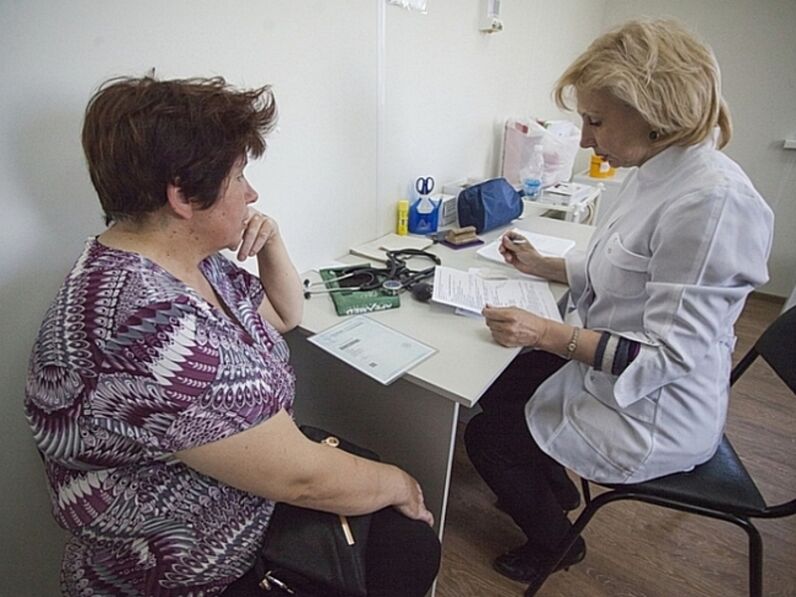
Arthrosis is commonly referred to as joint disease and destruction of cartilage tissue. This is due to deterioration of blood circulation, metabolism in cartilage, trauma. They lose their elasticity, become brittle, deformed. Joint fluid is practically not produced, the joints stop sliding during movement and friction occurs between them. These factors cause a sensation of pain, inflammation begins.
Causes of arthrosis:
- Great pressure on the joints. Osteoarthritis often occurs in athletes and in people who experience heavy physical labor. Being overweight also increases the load significantly.
- Poor nutrition. In order for cartilage tissues and joints to receive the required amount of calcium, potassium, and other minerals and useful substances, one must receive them in sufficient quantities with food.
- Diseases such as scoliosis or flat feet also negatively affect the joints. Because the load is unevenly distributed due to a defect in the muscle, the joints suffer. In joints where the load is greater, arthrosis will begin to develop.
- Cartilage injury went unnoticed. They disrupt metabolism, elasticity and lead to inflammation.
- Prolonged stress disrupts the metabolism of the whole body and joints. in particular, the muscles are in tension. All this leads to arthritis.
- age. The closer you get to old age, the more your joints wear out.
- Diseases accompanied by inflammation in the body can cause arthrosis. These include: tuberculosis, purulent arthritis, syphilis.
- Joint dysplasia is caused by the abnormal formation of joints in the uterus.
Some of these traits, such as metabolism and certain diseases, are often classified as separate groups: hereditary causes.
The stage of development of arthrosis
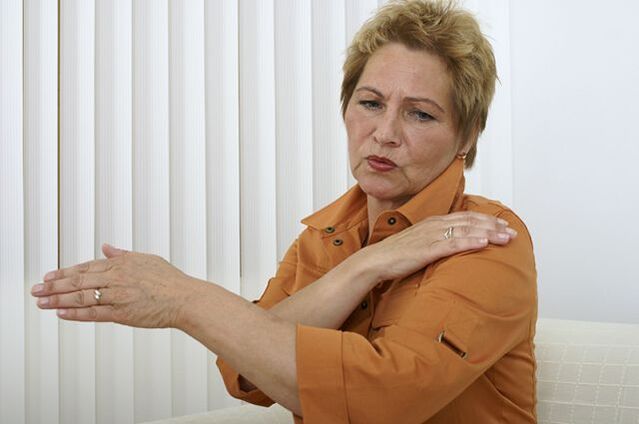
Arthrosis does not occur suddenly, without cause and symptoms. In its development, 3 stages can be detected:
- Pain begins to occur after exercise, long walks. After resting, the pain disappeared. At this stage, the cartilage begins to rupture, synovial fluid is secreted in insufficient quantities. Muscles undergo changes, weak.
- Pain is felt not only after exercise, but also during rest. Even a night’s sleep does not bring significant relief. Bone growth begins to form in the joints. When the joint moves, a buzzing sound is heard. Some swelling of the surrounding tissue is visible.
- Muscular apparatus is significantly weakened, synovial fluid is not released due to impaired metabolism, cartilage is deformed. Bone growth during movement causes unbearable pain. The swelling of the periarticular tissue becomes more pronounced, and the temperature is high.
Unfortunately, many go to the doctor only when the arthrosis reaches grade 3. People don’t pay attention or try to treat the symptoms alone, but not the disease itself. Although treatment will be more effective and faster if you start it at the first sign of illness.
The main types of diseases
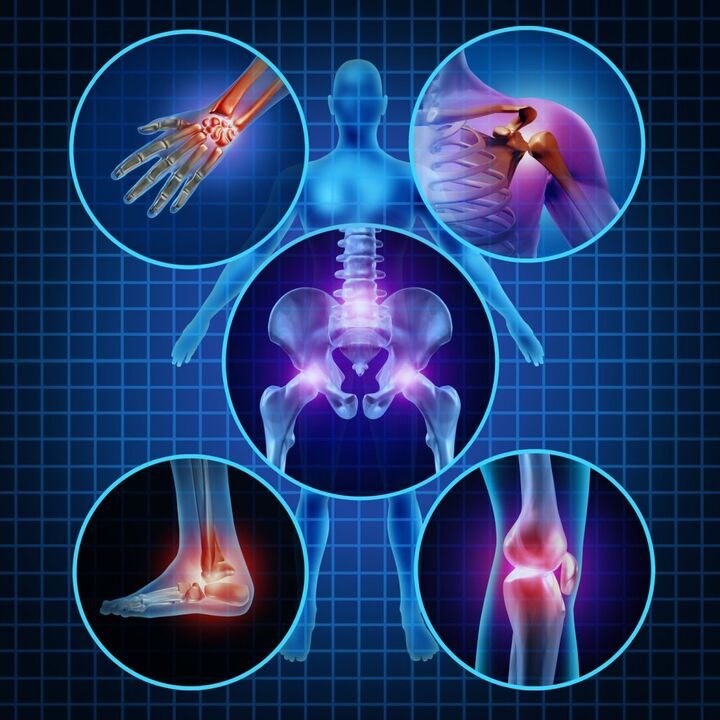
Depending on the area where the joint is affected, there are several types of arthrosis:
- Gonarthrosis is an inflammation of the articular tissue of the knee. Often occurs in people who are overweight or with varicose veins. Injuries are also one of the main causes.
- Arthrosis of the ankle joint - occurs most often due to injury, dislocation. Athletes and people engaged in physical labor are particularly vulnerable to this type of arthrosis. People who are overweight also suffer from pathology.
- Coxarthrosis - thinning of the connective tissue of the hip joint. It is difficult to see the onset of the disease. No obvious symptoms: no swelling, no lameness, only occasional pain occurs. But, despite the absence of external signs, there are serious internal changes. Muscles weaken, pain intensifies, lameness occurs. Often, drug treatment at this stage is ineffective. The way out is joint prosthetics.
- Osteoarthritis of the shoulder joint occurs when it is worn due to heavy loads, injuries, disorders of the endocrine system. It is characterized by severe pain in the shoulder, joint mobility becomes limited. One of the main treatment methods is exercise therapy.
- Spondyloarthrosis - arthrosis of the spine. Often occurs in people who work inactive and with a load on the back (e. g. , movers). Overweight people with poor posture also suffer from spondylarthrosis, because their cartilage wears out ahead of time, microtrauma and inflammation form. Good ways to relieve pain are exercise therapy, swimming and acupuncture.
- Uncoarthrosis - destruction of the intervertebral disc of the cervical spine. It occurs due to congenital malformations, overweight, low physical activity, injuries. It is dangerous because it causes loss of some reflexes, leading to dizziness, fainting and high blood pressure. Treatment of this type of arthrosis should be complex: medication, physiotherapy. In addition, to reduce the load on the cervical area, it is recommended to wear a special collar. It also contributes to a bit of muscle stretching.
For diagnosis, you need to contact an arthrologist or rheumatologist.
Which doctor is treating?
How to treat arthrosis, only a doctor will tell. But which doctor to refer to for arthrosis depends on how far the disease has reached.
- If a person has stage 1 arthrosis, the pain is just beginning, and there are no serious changes in the joint, then a rheumatologist should take treatment. He or she will prescribe the necessary medications and procedures.
- When the pain becomes more intense and prolonged, changes in the internal tissues begin, stage 2 arthrosis occurs, then you need to contact an orthopedic specialist. He, in addition to medications, can prescribe the implementation of complex physiotherapy and massage courses.
- Then, when the arthrosis has started and has reached stage 3, only a surgeon can help. Otherwise, the patient is at risk of disability. To restore damaged cartilage and joints can sometimes only be done using surgical intervention.
If arthrosis occurs after a joint injury, then you should contact a traumatologist. Depending on the injury, the traumatologist may refer the patient to a specialist of another profile.
prevention

To prevent arthrosis, you must take the following steps:
- monitor your diet, make it as useful as possible;
- prevent the formation of excess weight;
- distribute the load on the joints properly, do not overload them;
- after physical activity, it is necessary to do a massage so that there is no disruption of blood circulation.
Prevention of such arthrosis will help to prevent not only diseases of the musculoskeletal system, but also other systems and organs.
Treatment of arthrosis
Everyone who has been diagnosed with this, first of all wants to get an answer to the question, is it possible to cure arthrosis? Treatment of arthrosis always consists of a variety of medications, procedures, exercises, folk methods and a large amount of time. Unfortunately, arthrosis cannot be cured in a two -week course of medication. Although the pain subsides, and some signs of arthrosis begin to disappear, this does not mean the beginning of complete recovery.
Important! Treatment can last from six months or longer. Therefore, you have to be patient and follow all the doctor’s prescriptions strictly.
Medical therapy
Treatment of arthrosis with medications occurs in stages. Each level aims to solve a specific problem:
- Relieves pain and relieves inflammation. Before starting treatment directly to the joints and cartilage, it is necessary to relieve pain and eliminate inflammation. This is achieved through the use of non-steroidal anti-inflammatory drugs.
- Restoration of cartilage tissue with the help of chondroprotective preparations containing chondroitin.
- Joint rehabilitation through injection into the diseased joint area. Corticosteroids can also be prescribed. They relieve inflammation (if tablets and ointments do not overcome this) and restore mobility of affected joints.
- Fill the joint cavity with hyaluronic acid. It promotes the production of new fluid and prevents friction from one joint to another.
Unfortunately, it is impossible to fully restore the joint, even after undergoing the entire treatment shown above. Additional procedures and methods are required.
Complex of therapeutic and physical culture, gymnastics and massage for arthrosis
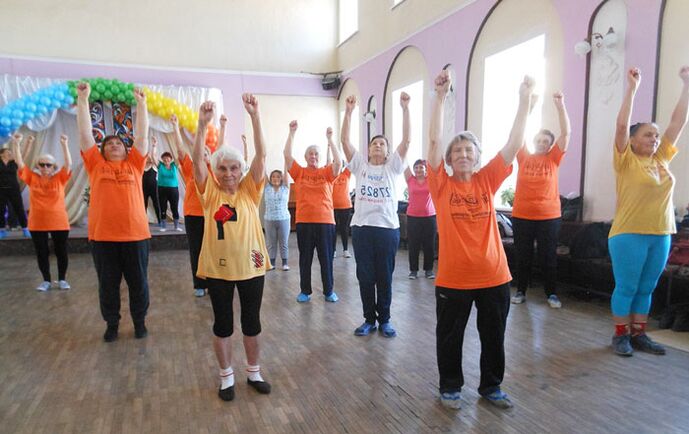
Exercise therapy is an important part of the treatment of arthrosis. The instructor, based on the diagnosis and recommendations of the attending physician, devises an individual training program. Since there are several types of arthrosis, training will be aimed at different muscle groups, at different joint and ligament development. When compiling a set of exercises, the age of a person suffering from arthrosis, the presence of excess weight and other factors must be taken into account.
For example, to develop the muscles and ligaments of the shoulder girdle, there is a set of effective Popov exercises. It is based on the repetition of smooth movements, with a slow increase in amplitude.
It is possible to start doing exercise therapy only after the removal of pain and inflammation.
Important! During the exacerbation of the disease, exercise therapy, gymnastics and massage are contraindicated!
Gymnastics needs to be done at home several times a day. It is better to warm it up a little before each load on the sore joint, making light movements up and down, to the side, twisting in a circle.
It is also recommended to start a course of massage after relieving pain and inflammation. All movements should be light, stroking, without undue effort and pressure.
Folk treatment methods
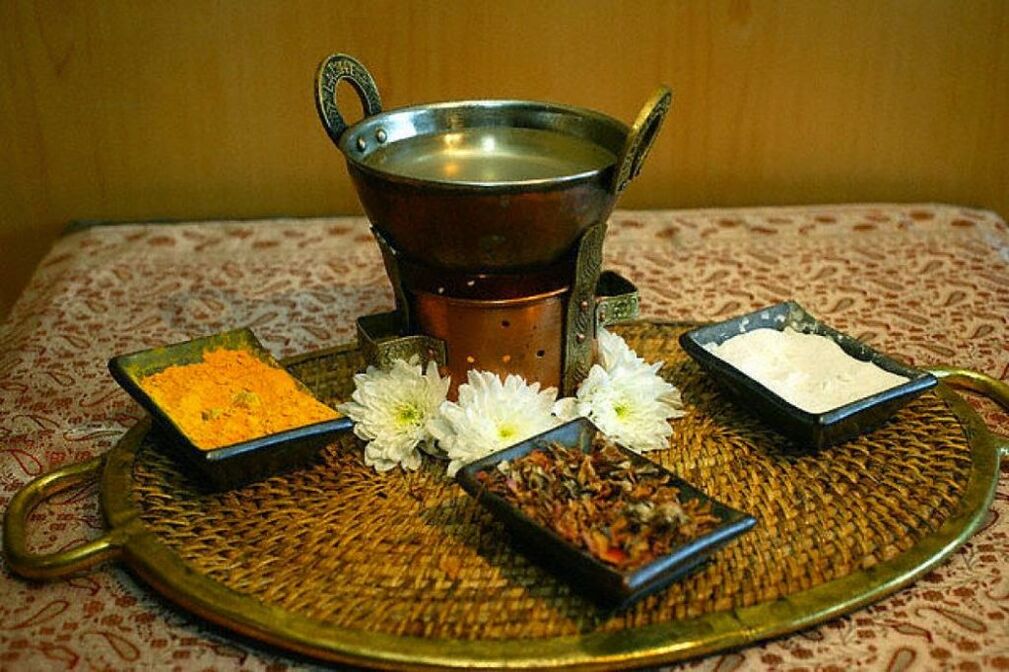
Alternative methods are not a cure for arthrosis, one cannot expect a cure using only traditional medicine. They are an excellent addition to conservative treatment, but not an independent species.
The most effective folk remedies for arthrosis are compresses and rubs. The following compresses have proven themselves the best:
- Compressed cabbage juice or cabbage leaves rubbed with honey.
- Compress from the roots of horseradish, chopped on a grater.
- Squeeze the boiled oats.
- Squeeze freshly mashed potatoes.
Some of the most effective swipes are as follows:
- Rub with honey, vinegar (or alcohol), iodine and glycerin. Improves blood circulation, relieves pain.
- Rub raw chicken eggs, turpentine and ammonia. Apply 3-4 days before bedtime, no more.
- Rub from propolis and vegetable oils (sunflower, olive).
- Alcohol absorption of elecampane root.
With arthrosis, some decoctions and tinctures are used orally. They help increase metabolism and supply the necessary substances to the body of a person suffering from arthrosis. Particularly popular are:
- boil bay leaves;
- a mixture of garlic and olive oil (corn);
- a mixture of calcined cottage cheese (homemade), honey and radish root.
Bathing with straw dust has a positive effect on sore joints. It is also useful to do exercises to develop muscles and ligaments.
Important! Before starting treatment with medicinal herbs, you need to make sure that there are no allergic reactions to the components of decoctions, tinctures and compresses.
Treatment with stem cells
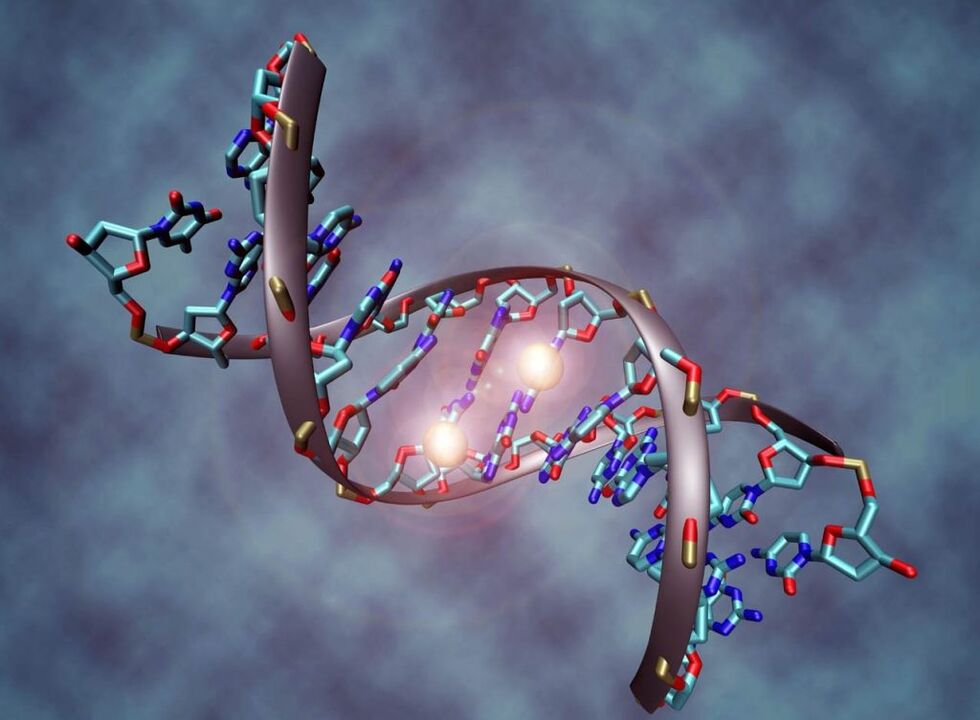
The human body contains stem cells. The unique ability of these cells is that they can transform into any cell in the body. This property is taken as a basis for the development of methods for the treatment of joint arthrosis with stem cells. This method consists of the fact that a number of stem cells are isolated from the human bone marrow. Then, under special conditions, they are planted for 2 months, sometimes less. Afterwards, they are inserted into the cavity of the diseased joint.
Stem cells increase metabolism and blood circulation in the affected area, relieving inflammation and pain. Thanks to them, cartilage and articular tissue are restored. After a few months, a second injection of stem cells into the joint area will be required. After 6 months after this procedure, we can speak accurately about the effect obtained, although improvement can be seen almost on the first day after cell introduction.
Surgical treatment
Surgical methods to treat arthrosis of the joints are used when conservative methods do not bring the expected results: inflammation is not removed, pain is not stopped. The essence of this lies in the introduction of the necessary tools into the affected joint area and manipulation, which helps restore all the tissue and its function. Sometimes this is not enough for full recovery. Then methods such as joint replacement are used. In this case, a special plate made of metal or plastic is installed in place of the cartilage.
Disability due to arthritis
Often, with this disease, a person is tormented by severe pain until he or she is ready to demand that the disability be established. After all, this pain does not allow him to perform household work and functions qualitatively and in the right amount. But doctors are in no hurry with the statement of disability, because with proper treatment and implementation of all the right recommendations, the pain stops, inflammation is reduced, and motor activity is restored. If the diagnosis is "grade 1 arthrosis" or "grade 2 arthrosis", then it is almost impossible to get a category.
Important! Defects are only allowed for irreversible deformity changes in the joint.
However, with advanced arthrosis, if it is not possible to remove even the symptoms of the disease, there is hope of getting a deformity. But it will be temporary. You will need to undergo regular re -examinations in medical and social examinations. If the patient has undergone endoprosthetic surgery, and his or her motor function is fully restored, then the defect will be removed.



















